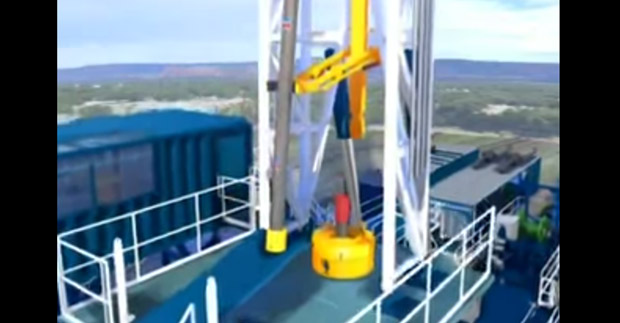A drilling jar is used to increase pulling capacity to free the stuck pipe and an accelerator is used to intensify force generated by the drilling jar at the upper depth of the well.

This video demonstrates how a drilling jar and an accelerator are activated to free the stuck pipe.
Summary from this video
• The more you pull on the drilling jar before it is tripped, the more power you will get from the drilling jar.
• Drill collars placed above the drilling jar enhance the performance of the hydraulic jar.
• The jar accelerator is used to intensify effect of jar at any depth. Use of the accelerator is very effective in a shallow fishing operation.
• The accelerator helps keep the energy generated by jar impact from being lost up hole.
If you cannot see the video for some reasons, please check out this link http://youtu.be/w-9gd2eeibc.
I wish you would enjoy learning about the drilling jar and the accelerator.














